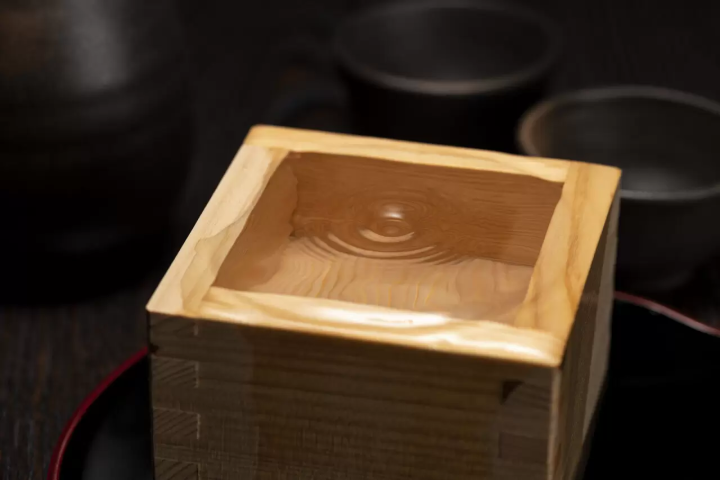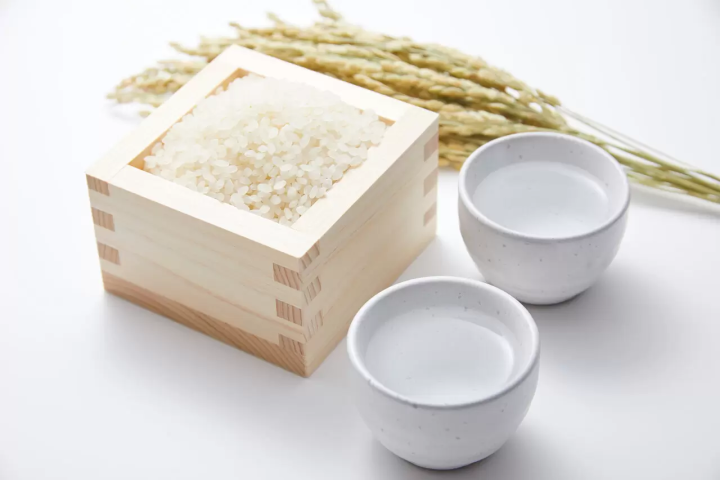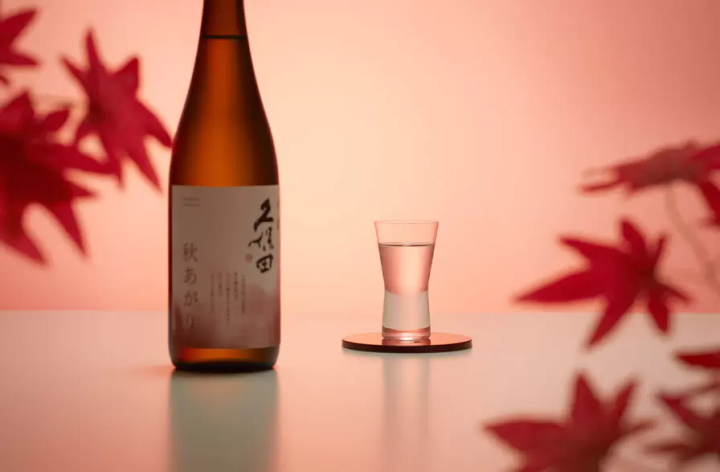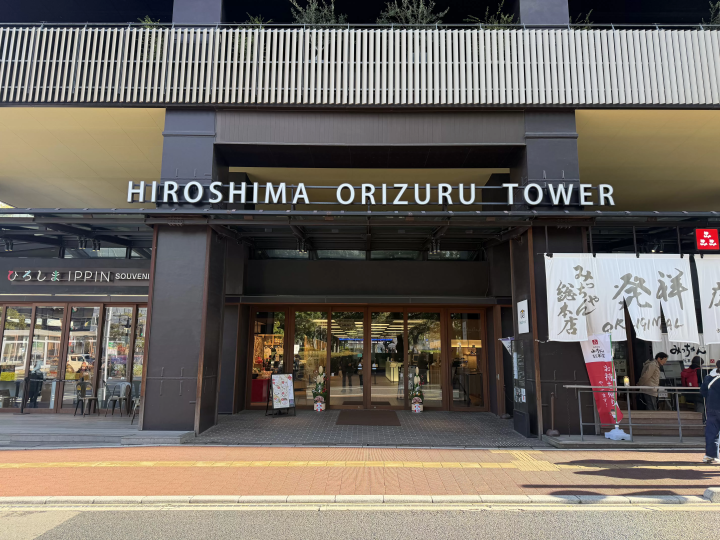October 1st is "Sake Day".

"Sake Day" is a commemorative day established on October 1st, also known as Sake Brewing New Year's Day, when Sake breweries begin sake brewing . We will introduce the origins of Sake Day and the relationship between October and Sake.
The Meaning and Origin of "Sake Day"

"Sake Day" was established on October 1st. First, let's look at the meaning and origins of Sake Day.
Sake Day was established in 1978 by the Japan Sake and Shochu Makers Association. Sake, which has been loved by Japanese people since ancient times, is one of the drinks that can be considered part of Japanese culture. Sake Day is imbued with the idea of "properly passing on Sake to future generations" and the hope that "Sake will become even more beloved by people."
Nearly 50 years have passed since it was established, and now October 1st has become a day when Sake fans all over the country can enjoy their favorite sake.
Two reasons why Sake Day was established on October 1st

The reason why Sake Day was established on October 1st is because it is the time when sake brewing begins and because it is related to the rooster sign in the Chinese zodiac.
This is the time when sake brewing begins.
Rice and water are key factors that greatly affect the taste of Sake. The taste, aroma, and flavor of Sake change depending on the type of rice used, so sake breweries pay close attention to the rice they grow to ensure that the resulting sake is delicious. October, when the new rice harvest is nearing the end, is when many sake breweries begin sake brewing, and has been considered the month of sake since ancient times.
In the current calendar for the Sake industry, a year runs from July to June of the following year, but originally a year ran from October to September of the following year. For this reason, October 1st can also be called "New Year's Day for sake brewing."
Because the zodiac sign "Rooster" is related to alcohol.
The twelve zodiac signs that were created in ancient China were used as symbols to represent the months. The original role of the "rooster" was to represent a "sake jar". Therefore, the Chinese characters for alcohol-related words such as "酌" (pour sake) and "酔" (drunk) use the "酉 (Rooster)"character.
As "Rooster" is the tenth of the Chinese zodiac in Japan, it is thought that October became the month for sake and the first day of the month became Sake Day.
The relationship between October, the month with Sake Day, and Sake

There is a deep connection between October, the month of Sake Day, and Sake. Learning about these connections will help you discover new charms and make your time drinking Sake even more enjoyable.
The origin of the Japanese name for October, "Kannazuki (神無月)," is related to sake
One theory is that the origin of "Kannazuki" comes from "Kamonashizuki," which means "the month when sake is brewed from newly harvested rice." Another theory is that Kannazuki comes from "Kaminazuki," which means "the month when the gods are worshiped."Sake was thought to be offered to the gods, so it was during this time of worship that Sake was drunk.
October is the season when Sake tastes especially good
Sake is brewed in the brewery from autumn through the harsh winter and into spring. After pasteurization, the sake is stored in storage tanks and allowed to sit in the cool brewery over the summer, allowing it to slowly mature over time until it turns into a mellow sake by October (around autumn).
It's the time of year when you can enjoy not only aged sake, but also freshly pressed sake. October is also the time when mountain and sea delicacies are on the table. Sake tastes even better when enjoyed with seasonal ingredients.
Around October, "Hiyaoroshi" and "Akiagari" will be available.
Around September and October, Sake called "Hiyaoroshi" and "Akiagari" appear.
During the Sake brewing process, sake is usually heated twice, at about 60-65℃, in a process called "pasteurization," once before storage and once before bottling. This stops the action of enzymes and prevents changes and deterioration in quality, so pasteurized Sake has stable quality and can be stored for a long time.
"Hiyaoroshi" is a word that refers to the state of sake. It is sake that is pressed in the spring, pasteurized once, then matured during the summer, and shipped without a second pasteurization. It has a mellow flavor and you can also enjoy the raw taste.
"Akiagari" is a term that also refers to the state of sake. Sake pressed in the spring matures over the summer, and the state in which it "increases in flavor and umami as autumn approaches" is called "Akiagari." It is pasteurized twice, giving it a mature, mellow, deep flavor.
On Sake Day, toast with your favorite Sake

Sake Day is a day to celebrate the start of the delicious sake season and toast to Sake. Why not connect with other people who enjoy sake in a casual style by toasting with your favorite Sake and snacks?
Kubota is "Tanrei-Karakuchi" - crisp, clean and dry sake brewed in Nagaoka, Niigata. We are hoping that foreign customers also understand the beauty of sake, and experience the enjoyment of this versatile and fascinating drink.
The contents on this page may partially contain automatic translation.


































![[2026] A walking map of famous plum blossom spots in Osaka!](https://resources.matcha-jp.com/resize/720x2000/2025/12/22-253767.webp)

